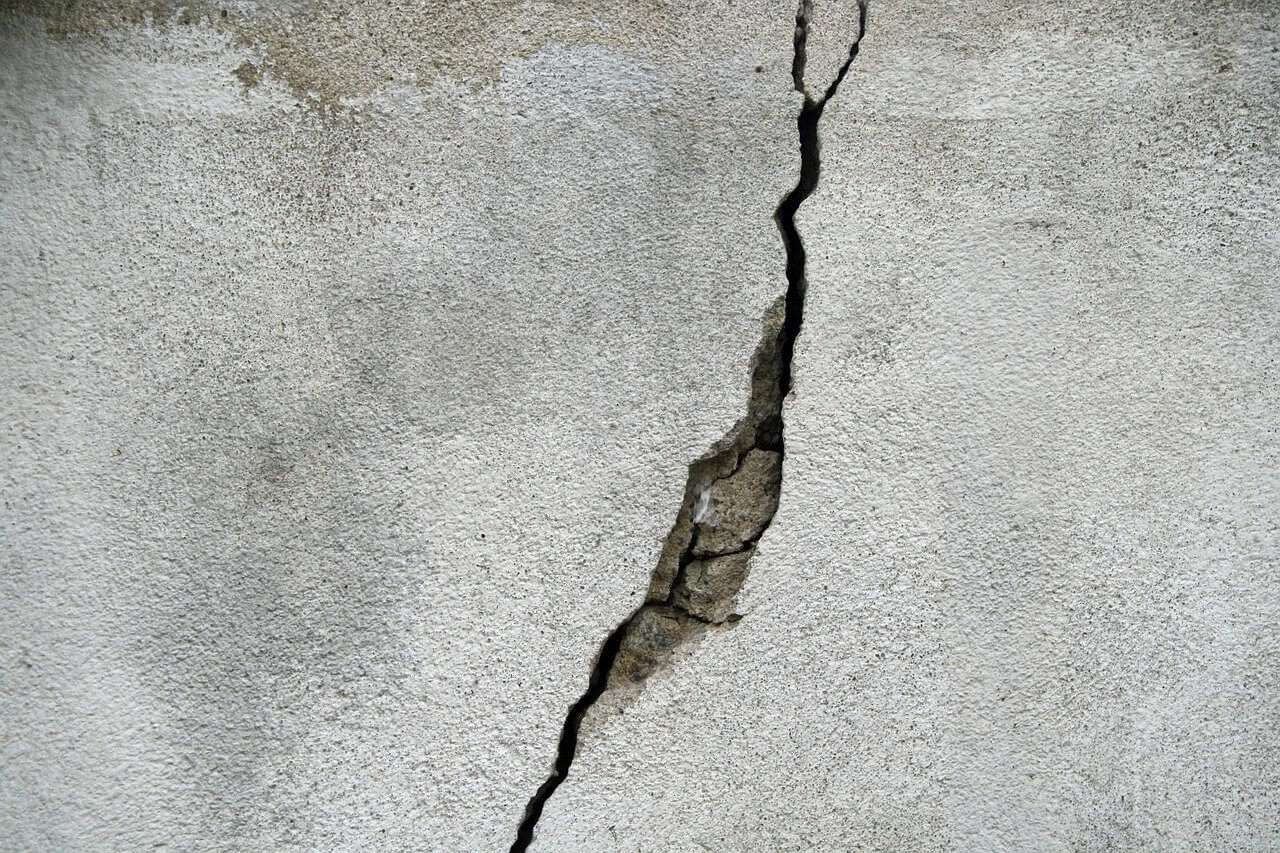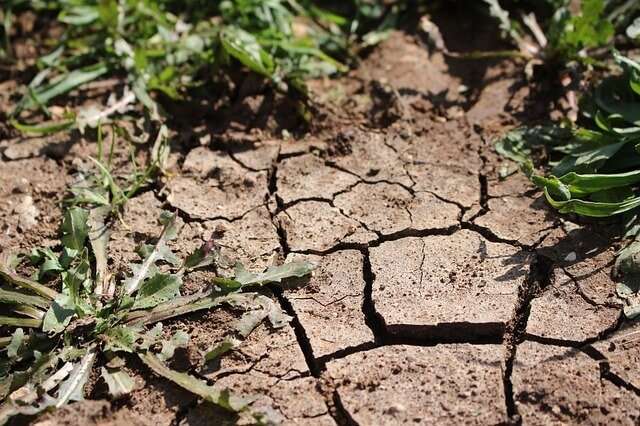Spot Common Signs of Foundation Problems

Foundation problems can lead to very expensive repairs, stress and lost time. So, how do you spot foundation problems and how do you prevent them in the long run?
This guide will help you learn how to spot and prevent foundation issues in order to keep your property in pristine condition and help you avoid unnecessary stress from costly repairs.
Whether it is a single-family home, an apartment complex or a commercial property, keeping a regular maintenance schedule around your property’s foundation is very important.
Because the foundation a house or building, as one of the most overlooked areas when it comes to maintenance, could also be the most expensive to repair.
So, let’s look as how you can identify the most common signs of foundation problems, how you can avoid them and how to easily keep up with the foundation maintenance and upkeep.
The Most Common Signs of Home Foundation Problems
Changes in seasonal temperatures, rain and drought can lead to periods of time when the foundation is constantly shifting and moving.
The problem?
Constant shifting can make the foundation unbalanced and cause cracks that can lead to problems with the overall structure of the home or building.
Whether you have a foundation issue or not, learning to identify the most common signs of foundation problems is very important in order catch the root cause of the problem early and create a plan of action to fix the situation.
The earlier you catch a problem with your property’s foundation, the most likely you will be able to stop the damage or fix it before it costs thousands of dollars to repair.
These are the most common signs of foundation problems in houses and commercial building:
• Foundation slab cracks or brick cracks
• Drywall cracks inside the property
• Doors that are sagging or are hard to open and close
• Uneven flooring
• Crawl spaces
• Sagging or uneven cabinet doors
A Few Highlights
Not all foundation or brick cracks necessarily mean you have a foundation problem. It is very common for the foundation to develop hairline cracks or fissures as the foundation settles during the first 1-5 years after the initial house build.
The most common signs of actual foundation problems on the outside of the house or building are vertical cracks along the brick perimeter, window cracks that show a clear separation along the edge of the window and a cracked or slanted chimney.
The interior of the home or building can also show visible signs of foundation problems.
Due to shifts in the foundation, the interior of the property will also begin to shift. This leads to uneven structures that ultimately show up as sagging doors, cracks along the drywall or cracked windows.
so…
What are the Leading Causes of Foundation Problems?
With proper maintenance and upkeep, most of the issues that can lead to a home foundation problem can be prevented.
The trick…
To create a proper maintenance schedule and to learn how to pin point the early signs of a foundation issue in order to catch them early or prevent them all together.
These are the most common causes of foundation problems in a home or commercial building.
Hot Weather

The summer months can, if not handled correctly, take a toll on your foundation.
Because as temperatures rise, the moisture in the soil around your property’s foundation will begin to evaporate.
This leads to the expansion and contraction of the soil, and over time the soil’s movement can cause cracks in your foundation.
Plumbing Leaks

Underlying plumbing issues or leaks can lead to too much moisture around your foundation.
These leaks occur most commonly in the sewer lines going in and out of your property.
And since these water lines are hidden under the home and away from your view, they can go undetected for months or even years.
The constant water from a plumbing leak can lead to the accumulation of moisture under the foundation and create uneven support for the home or building.
Tree Roots

Most commonly overlooked, mid-size to large trees can extract very large amounts of water or moisture from the soil around your home or building through their deep and strong root systems.
This can lead to dry soil around the home’s foundation, which if not watered properly, can lead to shifting of the foundation, and this can potentially create cracks and foundation problems in the long run.
Improper Water Drainage

One of the leading causes of cracks and foundation problems in homes and buildings is the accumulation of water.
When not properly drained away from the foundation, water can concentrate at certain spots around the property.
This accumulation of water and moisture can cause the soil to become compact, and after a period of time, the constant concentration in the soil can create an uneven support for your foundation and ultimately lead to a cracked foundation.
Insects

Even though hairline cracks or small crevices themselves are not a sign of a foundation issue, insects trailing into these crevices or cracks can create foundation problems in the future by speeding up the process deterioration.
How to Prevent a Cracked Foundation
Now that you know the most common signs of foundation problems and the leading causes, now you need to know how to properly maintain your foundation and how to prevent any problems from coming up in the future.
These are things you should implement in your maintenance schedule and create a routine around.
Create an Inspection Routine
The first and most important thing you can do in order to proactively catch issues with the foundation of a house or building is to create an inspection routine for both the outside perimeter of the property, as well as the interior or the property.
On the outside, look for:
• Foundation cracks
• Brick, siding or stucco cracks
• Trailing insects
• Window gaps
• Uneven soil
• Concentration of water around the foundation
• Large root systems
On the inside, look for:
• Drywall cracks
• Sagging doors
• Doors that are hard to open or close
• Uneven flooring
• Sagging or uneven cabinet doors
Check for Plumbing Leaks
Having a professional check your plumbing yearly or at the first sign of an issue, can make all the difference when spotting an underlying plumbing leak.
A leak under the foundation slab can be virtually undetectable without the use of special tests and tools.
And if left unfixed for a long period of time, this can lead to expensive foundation repairs and can be detrimental to the overall building structure.
For that reason, it is a good idea to have a plumbing professional inspect the plumbing system, including sewer lines, sprinkler systems and fresh water lines for any issues, and if needed, fix them before they can grow and affect the foundation.
Check Trees and Root Systems
Large trees, especially those with very deep and strong root systems can be detrimental to your foundation.
Trees with large root systems can extract very large amounts of water from your soil, causing uneven spots around the home or building and eventually cause the foundation slab to shift.
It is a good idea when planting any trees, to plant them with enough distance from your home/foundation. Preferably at about 15 to 25 feet away.
Also, if the space is limited and the tree will be relatively close to the foundation, it is recommended to stay away from Maple trees, Elm trees, Magnolia trees, Chinese Pistache, Live Oaks and Bradford Pears.
These trees have very large and deep root systems and can eventually cause some issues to your foundation.
If you foresee any issues with root systems from already planted trees, it is recommended to install a root barrier system around your home or commercial property.
Properly Water around the Foundation
Creating a watering routine is one of the easiest and most important things you can do to prevent foundation problems.
The seasonal shifts from warm months to cold months, if not addressed accordingly, can create unstable soil around your property.
The constant movement created by dry and wet months can eventually crack the foundation and cause structural damages for the home or building.
For that reason, it is recommended to continue watering during the winter, as long as temperatures are above 40 degrees.
There are also multiple tools that you can use to create a proper watering routine.
Some of these tools can make it a very effortless and simple to set up, like an automated or smart sprinkler system.
These sprinkler systems come with pre-set watering schedules, rain water sensors, adjustable watering zones, and multiple other options that can be set up with the push of a button.
Other tools you can use to properly and evenly water the soil around the foundation include a soaker hose, an over the lawn sprinkler or even a garden hose.
Install Gutters
As we mentioned above, another leading cause of foundation cracking and shifting is improper water drainage.
If you don’t have one already, installing a gutter system can ensure the proper drainage of rain water away from your home and foundation.
Heavy rain fall can bring multiple inches of water, and if not properly drained away, it can create water concentration near your foundation and eventually create uneven support.
When installing a gutter system, ensure that the downspouts are positioned and installed in a way that they can discharge water 5 to 10 feet away from your foundation.
This will ensure that water is carried away into the different slopes around your property and be directed away from the foundation.
Now that you know how to identify multiple signs of an issue with the foundation of a house or building and how to properly maintain it, creating a simple routine around your property’s foundation should be an easy and effortless task that can pay off in the long run by potentially helping you avoid a costly cracked foundation repair.
Related Articles
7 Cheap Ways to Increase Your Home Value
Looking to add value to your home without breaking the bank? Check out our affordable DIY home improvement tips for a higher resale value.
How to Unclog a Toilet without a Plunger
A clogged toilet can be quite an annoying situation; specially if you don’t have a plunger. These are common household items you can use to unclog a toilet without a plunger.
How to Find a Stud in the Wall – 7 Simple Ways
In this article we show you how to find a stud in the wall 7 different ways. You’ll be able to hang anything, with or without a stud finder.
This is Property Management by You!
Are you ready to take control? Check out our software features.
About our company
We are a property management software company inspired by the need to serve rental property owners and managers, with a better, easy-to-use and more affordable way of managing their properties.
© 2025 ALL RIGHTS RESERVED BY PROPERTYCTRL.COM





0 Comments